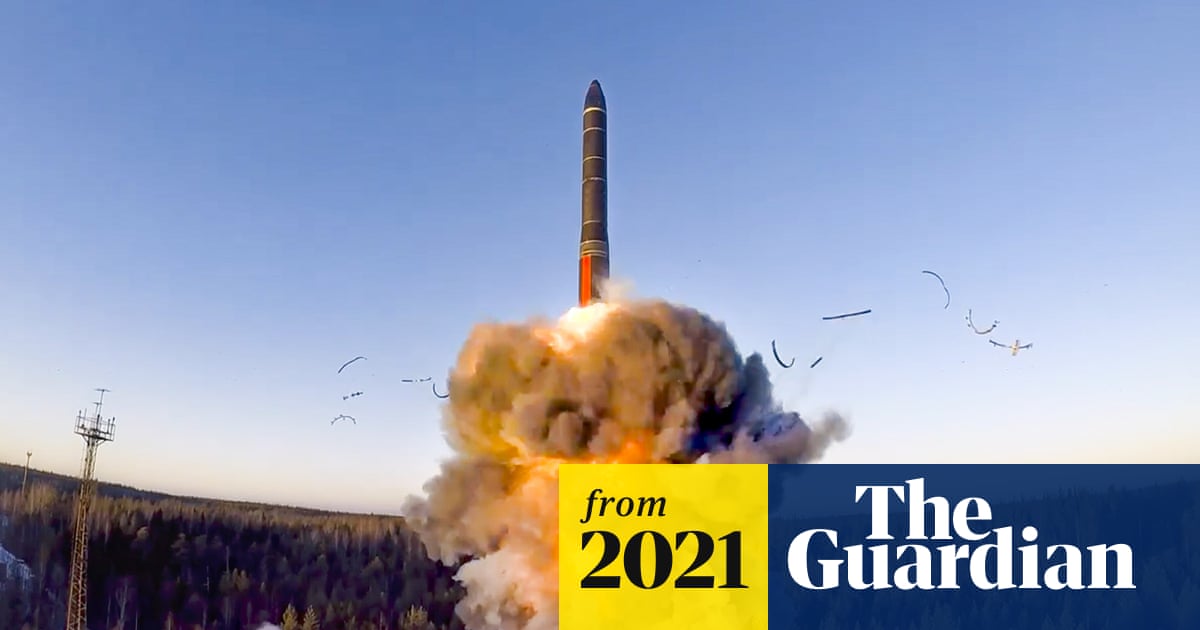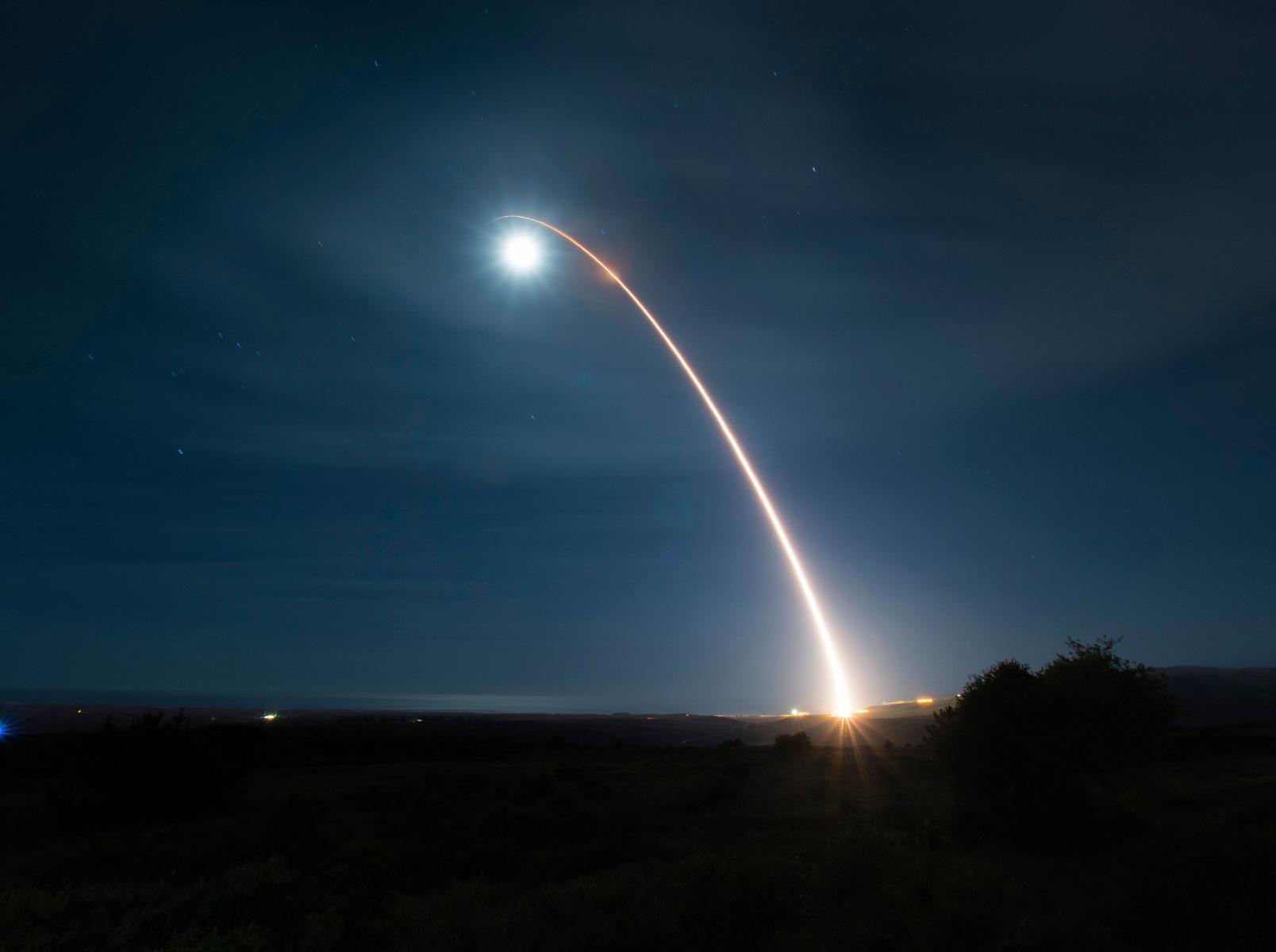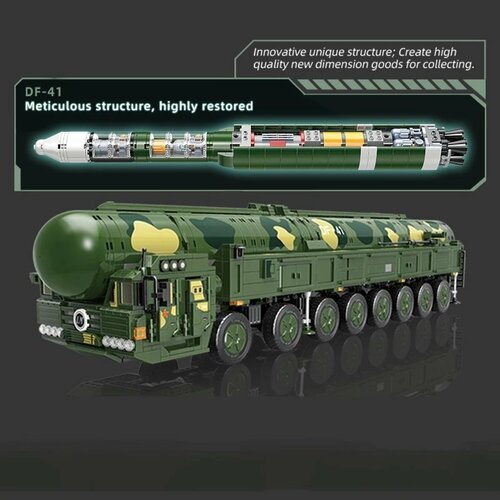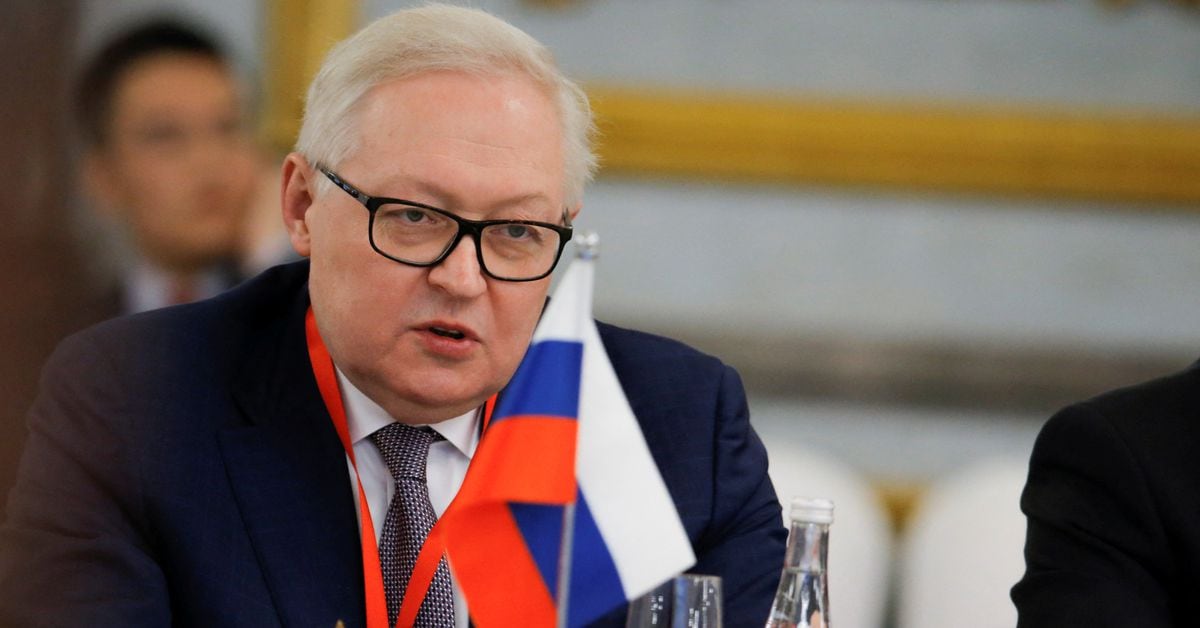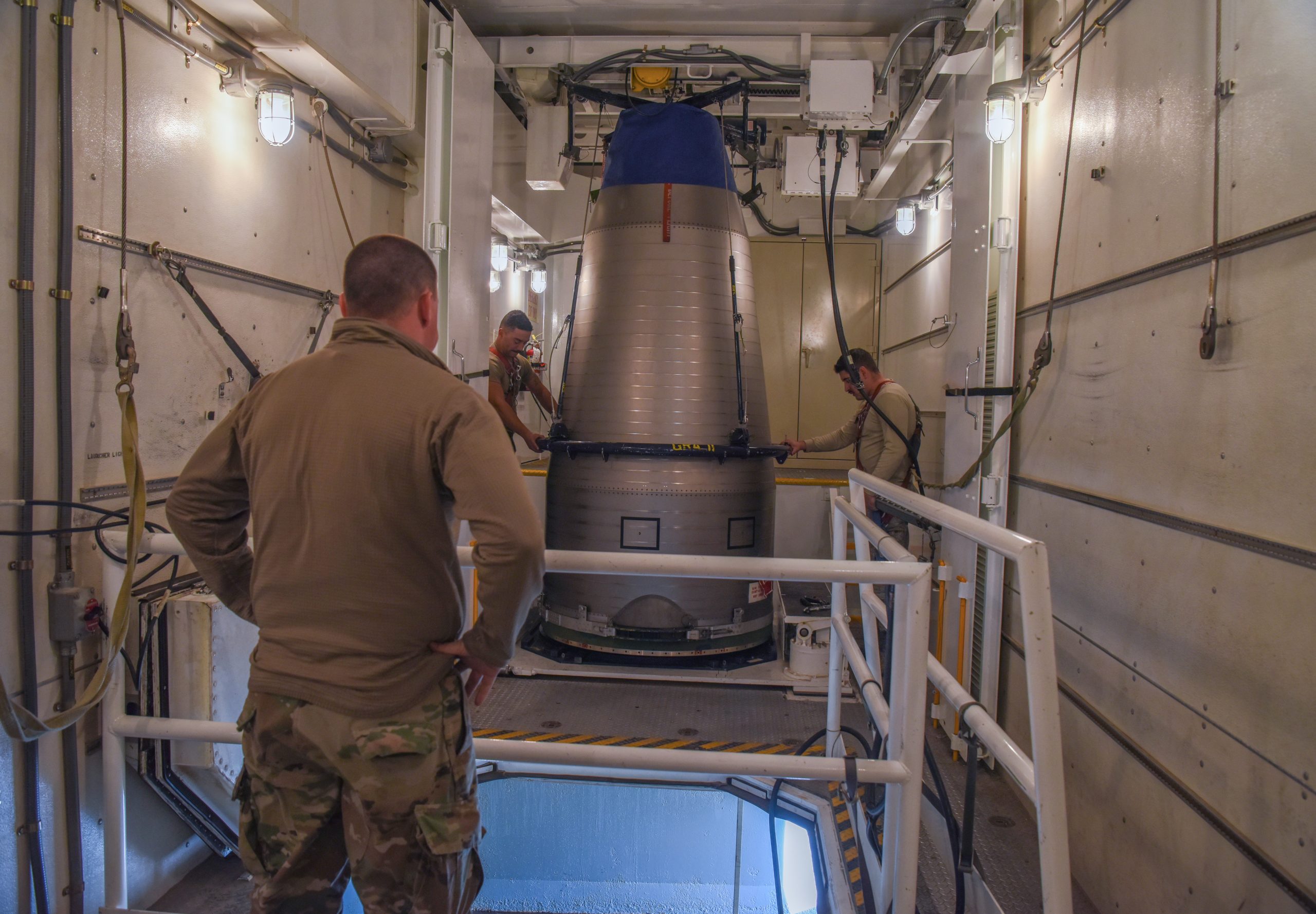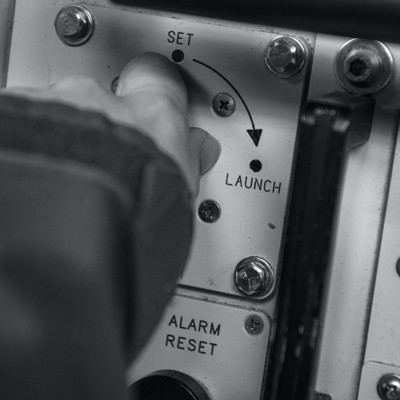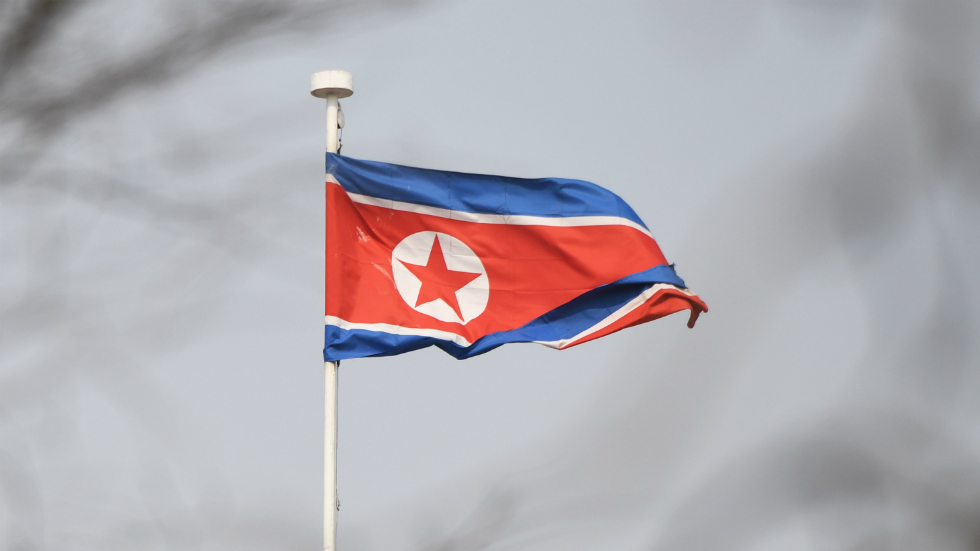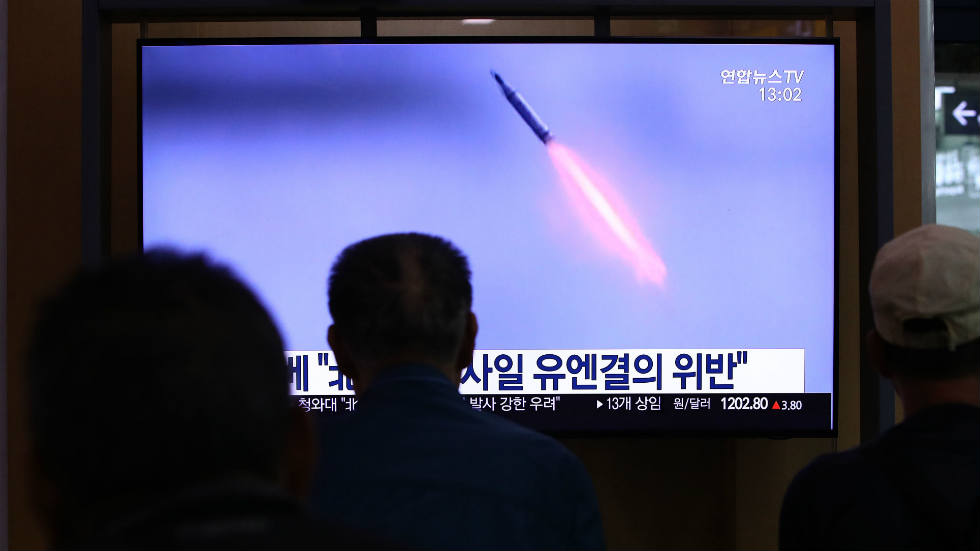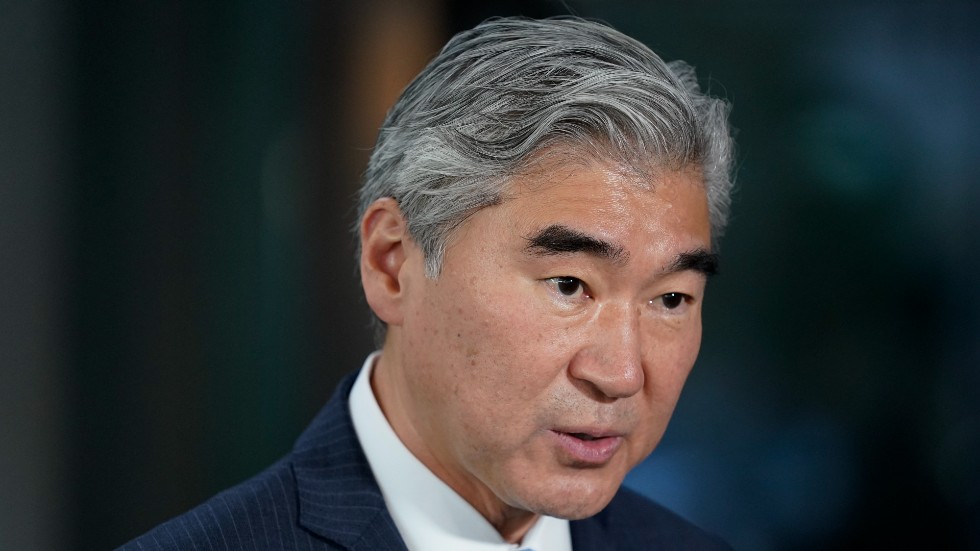You know....
Heavy ABM (USA)
GBI count is about 44 missiles in Alaska. Maybe going up to 60~ when it's all done, there's talk of 20 new missiles with modernized EKVs; and of course a replacement.
Heavy ABM (Soviet/Russia)
A-35 - about 64 launchers (all retired) built out of 128 planned.
A-135 - About 68 launchers of 53T6 Sprint-skis and 16 (all retired) launchers of 51T6 Spartan-skis.
A-235 - Under Development, tests of missiles began in Summer 2014.
It's clear that Heavy ABM is not causing the
"OMG ARMS CONTROL RACE", due to the extremely close numbers and the fact that the US has half-assedly gone forward with GBI deployment on/off depending on who is in charge (Obama couldn't kill it, but he could slow it to a walk).
More to the point -- the numbers of missiles deployed by the US and Russia for Heavy ABM are low enough that you
don't need to deploy intercontinental nuclear powered cruise missiles, nuclear powered torpedoes, or boost-glide hypersonic gliders to get past just 45 to 60 missiles on either side US or Russian.
What's causing all the new construction is the increasing spread of quality light ABM over the last 30 years.
All these crazy new designs aren't really meant to threaten the US.
They're meant to develop commercial designs using Russian military R&D money which can then be sold by Rosboronexport to third world nations to counter the increasing proliferation of light ABM around the world.
Just take a look at the
Houthi vs Saudi missile fest that's been going on since 2017 or so.
The Houthis are using Burkan-2 missiles:

en.wikipedia.org
They're basically super evolved SCUD missiles; and the Saudis are shooting them down with US supplied PATRIOTs and other forms of Light ABM.
Everyone and their uncle now has Light ABM -- China has their own THAAD-SZ clone in HQ-19 under development, in addition to their S-300+++ clone in HQ-18.
The Russians now have 57 Battalions of S-400 in Russian Service as of September 2019 (A battalion has 8 launchers and 32 missiles); for 1,824 missiles.
The Russians also have one S-500 Regiment (2 battalions) on active duty as of October 2021; or about 64 missiles.
The Europeans have:
Aster 30 Block 1: 600 km range missiles
Aster 30 Block 1NT: 1,500 km range missiles
Aster 30 Block 2 BMD: 3,000 km range missiles (under development.)
Indians have their own
XRSAM (eXtra-long Range Surface to Air Missile) under development, and they already own S-400, so...


